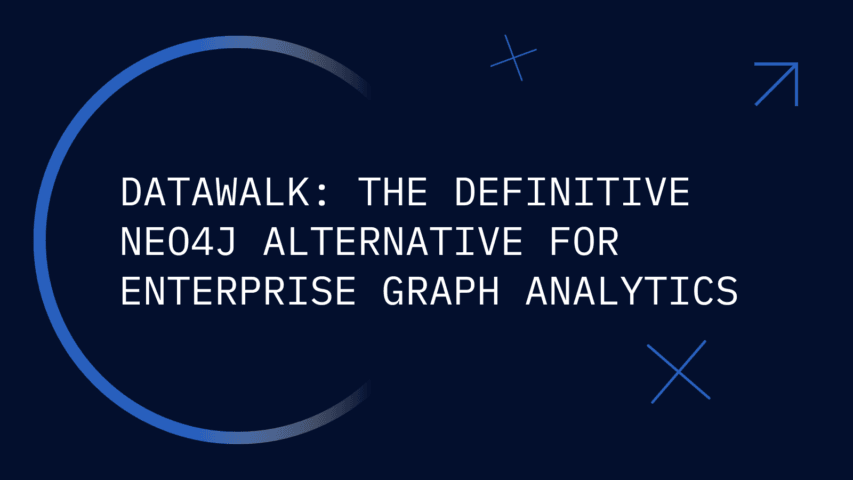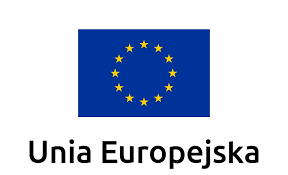
DataWalk: The Definitive Neo4j Alternative for Enterprise Graph Analytics
Organizations adopt graph databases like Neo4j® or TigerGraph® for complex, connected data but often encounter significant limitations in performance, programming complexity, and core functionality. DataWalk is a leading enterprise analytics platform that functions as a superior Neo4j alternative, purpose-built to overcome these challenges. This article details the key differentiators that make DataWalk the definitive choice for high-stakes analytical work.
Why do organizations seek a Neo4j alternative?
Many teams are drawn to graph databases to analyze highly connected data that is too complex for a traditional SQL database. However, they soon discover that a database is only one component of a full solution. Building custom software on top of Neo4j or TigerGraph to meet application needs often fails due to performance bottlenecks with complex queries, the high cost of specialized programming, and critical functionality gaps.
This experience leads them to search for Neo4j competitors that offer an integrated, end-to-end solution rather than just a back-end database component. They require a platform that empowers analysts directly, handles real-world data imperfections, and delivers appropriate performance for complex graph operations.
How does DataWalk fundamentally differ from a graph database?
The core distinction is simple: DataWalk is a full-stack platform, whereas Neo4j and TigerGraph are database components.
A database stores and retrieves data. With a graph database, your organization is responsible for building, integrating, and maintaining the rest of the application stack.
In contrast, a platform provides a complete environment for analysis, integrating data ingestion, a powerful analytical engine, and a rich user interface into a single, cohesive system. This fundamental difference impacts everything from deployment speed to the total cost of ownership. DataWalk delivers immediate value to analysts, while a graph database serves as a starting point for a lengthy and expensive custom software development project.
What are the common limitations of Neo4j that DataWalk solves?
DataWalk is engineered to directly address the most common pain points users experience with traditional graph databases, making it a highly effective alternative for enterprise use cases.
A primary weakness of many graph databases is performing population-level queries. While they are fast at finding connections for a single entity, graph database performance can degrade dramatically when analyzing connections between large groups. For example, for an AML investigator, finding links between thousands of accounts and a watchlist is a simple visual query in DataWalk, bypassing the slow, complex Cypher queries required with Neo4j.
Furthermore, graph databases demand clean, structured data, forcing organizations to implement and maintain complex, resource-intensive ETL processes. DataWalk accepts your data "as-is," allowing you to connect and transform data elements within the platform while automatically maintaining full data lineage. This reduces cost and complexity.
Finally, Neo4j requires users to be proficient in a scriptable query language (Cypher). DataWalk provides a no-code visual interface, a knowledge graph called the Universe Viewer. This is a far more powerful and intuitive Neo4j Bloom alternative. This empowers subject matter experts to conduct sophisticated data discovery and analysis without writing a single line of code.
How does DataWalk's architecture enable a superior analytical experience?
DataWalk's unique architecture delivers capabilities that are either impractical or require extensive add-ons in a typical graph database environment. The DataWalk platform excels at long-path analysis, finding connections between entities separated by many hops-a task that can become impractically slow on other systems.
Analysts can also easily integrate external data sources on the fly, create sophisticated risk scores, and store unstructured binary content like images and PDF documents, linking them directly to entities in the knowledge graph. These are all built-in features of DataWalk that do not require separate tools or custom development.
When is DataWalk the most compelling Neo4j alternative?
While an open-source license for a graph database may appear "free," the total cost of ownership is often dramatically higher once you account for the specialized developers, lengthy development cycles, and ongoing maintenance required to build a functional application.
DataWalk provides a lower TCO by delivering a complete, ready-to-use platform.DataWalk is the definitive alternative to Neo4j or TigerGraph when your organization needs to empower analysts to identify connections between populations, find paths across many hops, work with imperfect data without a separate ETL process, and incorporate advanced features like scoring and data lineage out-of-the-box. If your goal is rapid, powerful, and scalable data analysis-not a long-term software development project-DataWalk is the superior choice.
Table of contents
FAQ

Solutions
Product
Partners
Company
Resources
Quick Links



